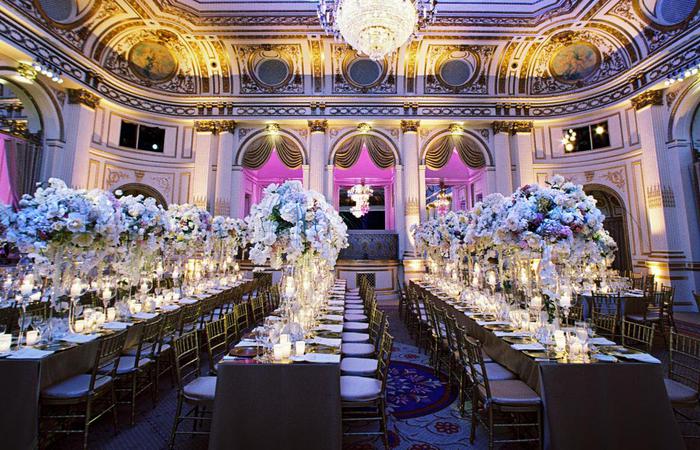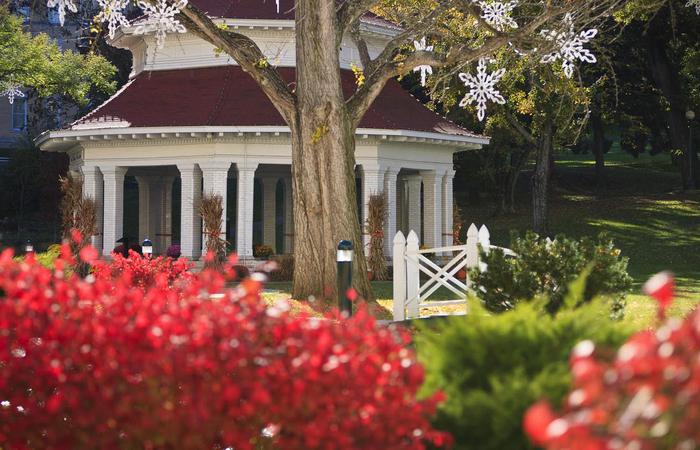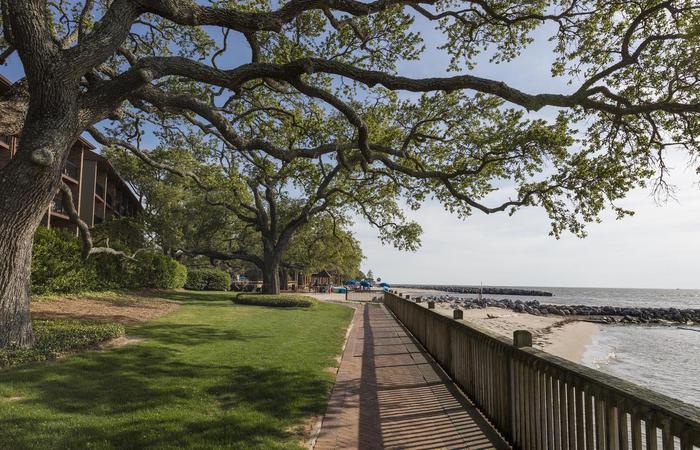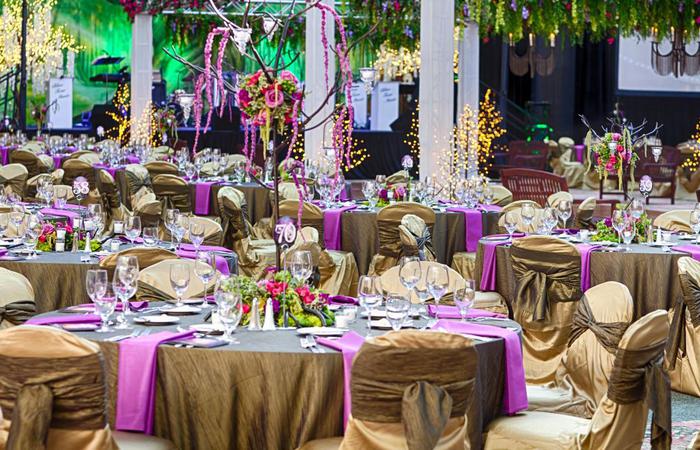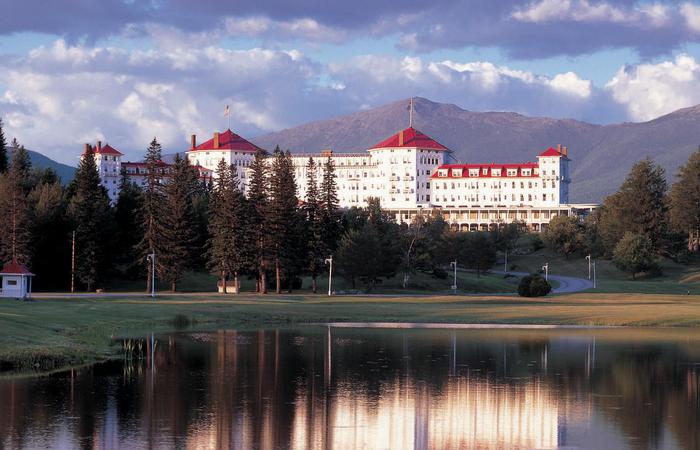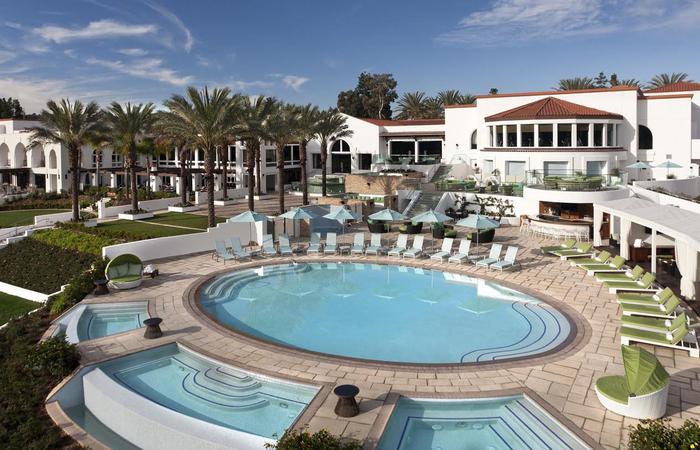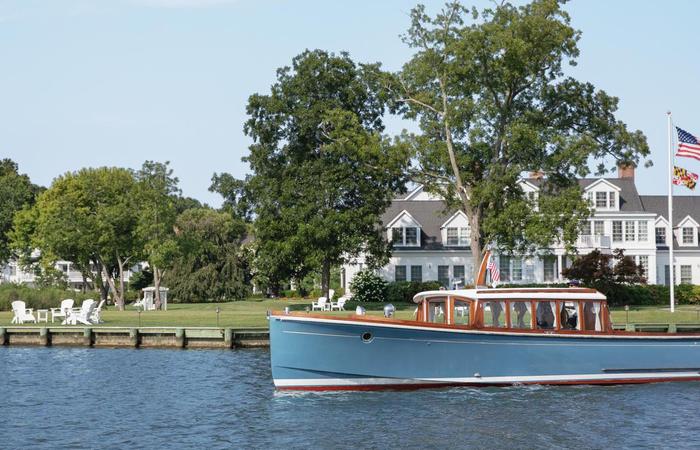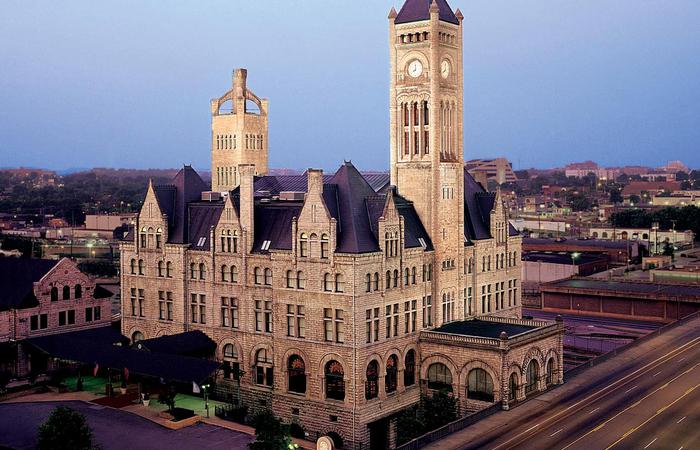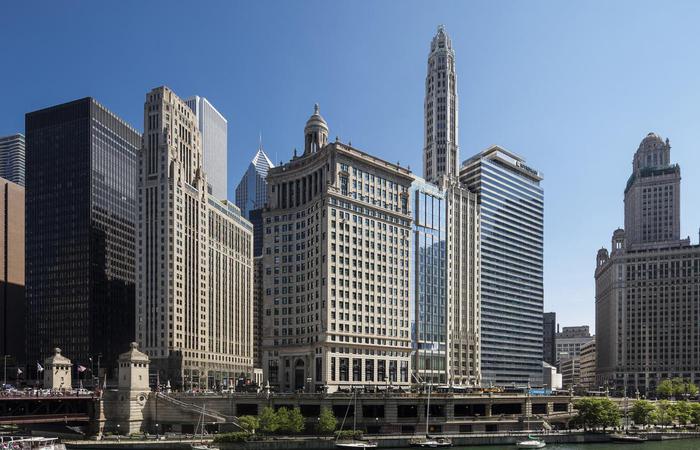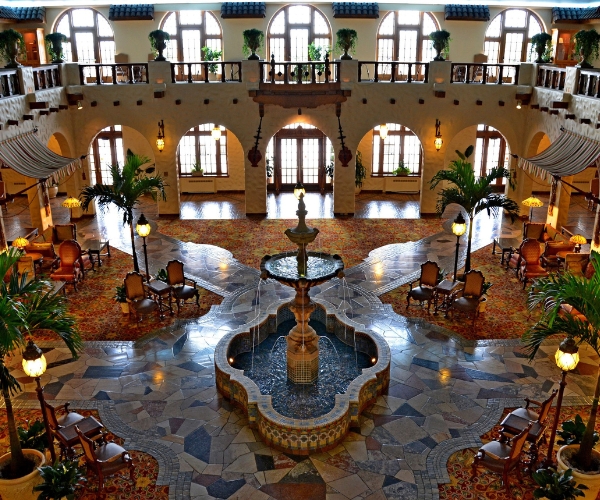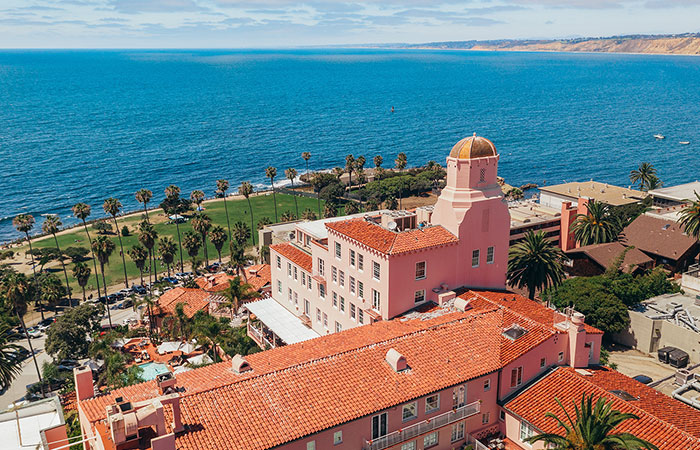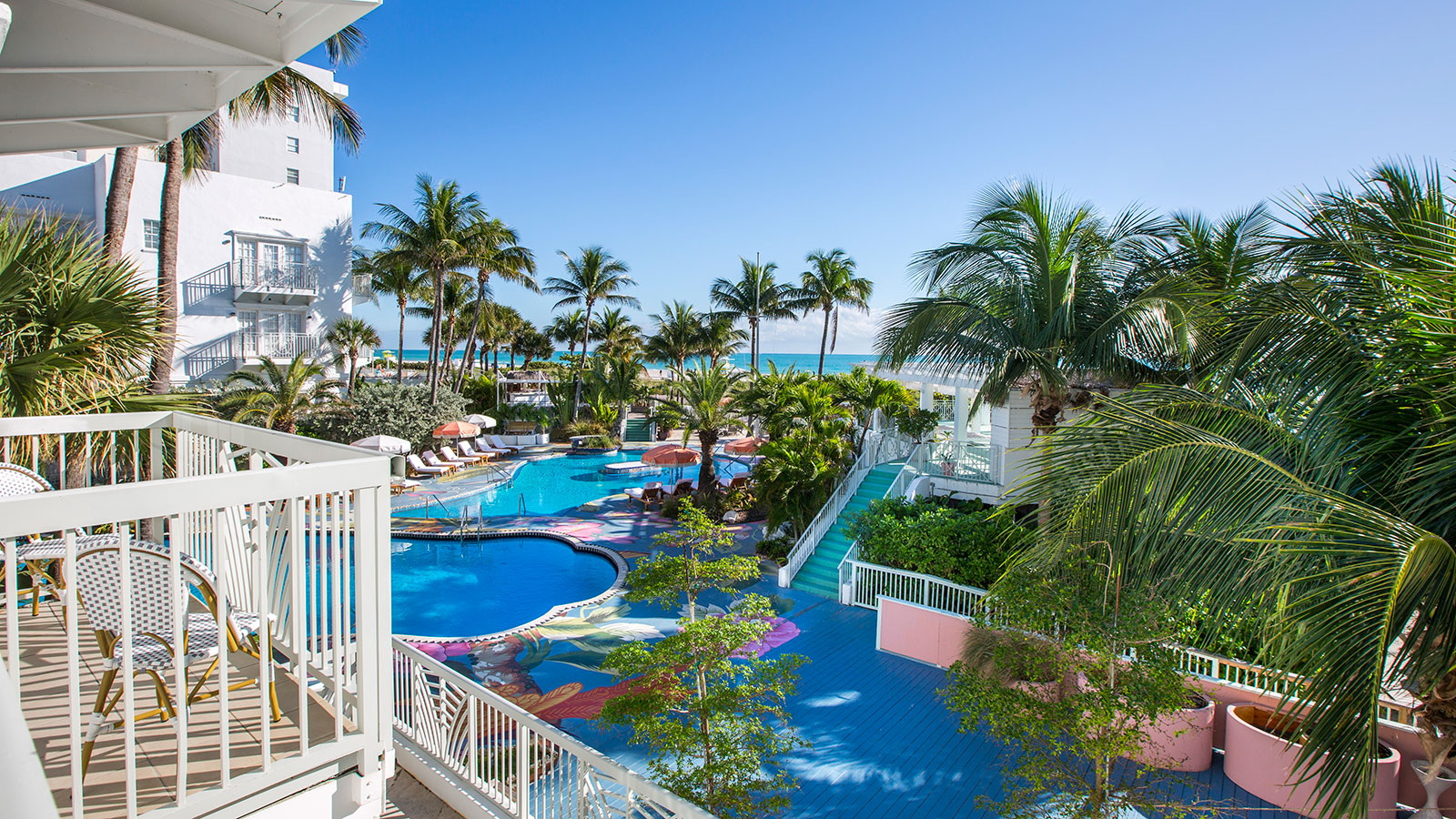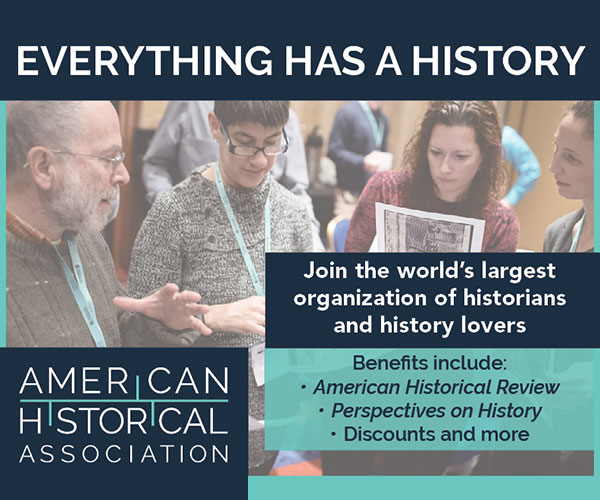Receive for Free - Discover & Explore eNewsletter monthly with advance notice of special offers, packages, and insider savings from 10% - 30% off Best Available Rates at selected hotels.
history
Discover The Royal Sonesta Chase Park Plaza St. Louis, which has been hosting renowned musicians, Hollywood movie stars, and U.S. Presidents for more than a century.
The Royal Sonesta Chase Park Plaza St. Louis, a member of Historic Hotels of America since 2025, dates to 1922.
VIEW TIMELINELocated in the western end of St. Louis, The Royal Sonesta Chase Park Plaza St. Louis has a rich and storied history that spans over a century. The fascinating story of this renowned historic site specifically harkens back to the early 20th century, when a gorgeous edifice known as “The Chase Hotel” made its triumphant debut. The building had been the brainchild of attorney Chase Ullman, who saw enormous potential in St. Louis’ ability to evolve into a celebrated holiday destination. Selecting an ornate plot of land adjacent to the verdant Forest Park, Ullman later commissioned his resplendent hotel during the 1920s. Presiding over the design was local architect Preston J. Bradshaw, a Columbia University graduate responsible for developing other gorgeous sites around St. Louis like the Autocar Sales and Service Building. Bradshaw then created a magnificent nine-story edifice with many stunning architectural details. The structure had been molded to resemble the exquisite palaces of the Italian Renaissance, displaying elements like sprawling arches, spacious courtyards, and ornate plasterwork. But Bradshaw had also instituted an array of breathtaking amenities, including marvelous ballrooms, Turkish steam baths, and a dozen private dining rooms. The Chase Hotel thus became an immediate sensation, eclipsing the neighboring Buckingham Hotel as the most luxurious social gathering spot in the whole city. Beginning with a grand opening gala held that fall, countless parties, soirees, and theatrical performances occurred daily at The Chase Hotel. Furthermore, the finest spots to bear witness to the revelry were the seasonal Palm Room and Chase Roof Garden, which hosted the best big-band leaders like Ben Pollack, Vincent Lopez, and Hal Kemp.
Meanwhile, three brothers—Sam, Nat, and Harry Koplar— noticed the surging popularity of The Chase Hotel and decided to create their own rival destination. Former aspiring film professionals, the men had once planned to build a movie theater in downtown St. Louis but failed to gain support from any major Hollywood executives. In fact, one unsuccessful meeting with William Fox in New York City had encouraged the Koplars to construct a magnificent hotel like the one they had visited during their trip. Returning to St. Louis, the brothers started building their Park Plaza Hotel directly across from The Chase Hotel in 1928. Hoping to model the structure after Manhattan’s Savoy Plaza Hotel, the Koplar family hired the architectural firm responsible for its design, Schopp and Baumann. Beautiful Art Deco aesthetics in turn appeared prominently throughout the façade of the towering Park Plaza Hotel, its sleek, streamlined appearance providing a stark—yet appealing—contrast to the surrounding skyline. Construction lasted for months, with the lower floors starting to operate at a limited capacity the following year. Nevertheless, tragedy struck when the stock market crashed abruptly, ushering forth the hardships of the Great Depression. Although Chase Ullman had wisely managed to sell his stakes in The Chase Hotel, the Koplars were not so lucky—the economic disaster sapped the brothers of their wealth, forcing them to foreclose on the nascent Park Plaza Hotel. Two of the siblings, Nat and Harry, chose to cut their losses and pursued other opportunities elsewhere in St. Louis.
But Sam remained committed to the dream of overseeing a grand hotel and successfully applied for the role of general manager at The Chase Hotel. He thrived in the position, introducing lucrative managerial initiatives that made the business even more popular despite the financial crisis. Brilliant venues opened under his watch—like the soon-to-be famous Chase Club—while other pre-existing areas underwent significant rehabilitations. Among the locations to see the most extensive renovation was the already established Chase Rooftop Terrace, which debuted as the Starlight Roof and Zodiac Cocktail Lounge amid World War II. All those spaces quickly emerged as some of the best places to catch live entertainment in the country, attracting an exhausting list of celebrity performers due to their extravagance and glamour. Indeed, the greatest names of the era graced the stages at The Chase Hotel, including Carmen Miranda, Guy Lombardo, Perry Como, and Carol Lawrence. A few individuals would rent out those spaces, too, like Jimmy Durante, Tommy Dorsey, and Xavier Cugat. However, the reopened Park Plaza Hotel would not be surpassed by The Chase Hotel. Many of its own fantastic establishments—such as the Crystal Terrace (later known as “The Gourmet Room”)—held numerous thrilling balls, replete with their own dedicated orchestras and outstanding buffets. All the while, Sam Koplar diligently saved his money, coming to gain enough capital to buy back the Park Plaza Hotel in 1944. Then, three years later, he leveraged his business acumen to acquire a majority stake in The Chase Hotel.
Now working alongside his son, Harry, Sam Koplar’s ownership of both The Chase Hotel and Park Plaza Hotel marked the beginning of a golden age for each location. The list of high-profile entertainers who would perform on-site only continued to grow, featuring names like Lena Horne, Bob Hope, Sophie Tucker, Milton Burle, Nat King Cole, Frank Sinatra, and Sammy Davis Jr. The shows became so prominent that a local radio D.J. named Harry Fender began famously broadcasting them live on the station KXOK starting in the 1950s. However, the group of celebrities who stayed as guests was far greater, which included people like Debbie Reynolds, Steve McQueen, Lucille Ball, Liza Minelli, Dom DeLuise, Yul Brenner, Lou Rawls, Red Skelton, Muhammad Ali, Carol Channing, and Tony Orlando. Elvis Presley had requested to use the freight elevator for privacy, attempting to elude the throngs of dedicated fans looking for him. Jerry Lewis' dogs had trouble adjusting to the hotel when he visited, prompting the staff to create a familiar, Las Vegas-like environment for them. Count Basie bought a bracelet for Ella Fitzgerald at the hotel's jewelry shop, but the clerks forgot to include it in the box, leading them to schedule an urgent late-night delivery. U.S. Presidents were even among the regular patrons of the two hotels, such as President Harry S. Truman, who once notoriously turned away a freshly made pressed duck in favor of a simple ham sandwich. The enduring prosperity of The Chase Hotel and Park Plaza Hotel enabled the Koplar family to habitually enhance their offerings as well, installing elegant features like a sprawling outdoor pool and a spectacular meeting space known as the “Khorassan Ballroom.” The Koplars’ most notable transformation was the merger of the two structures into one single entity called “The Chase Park Plaza.”
Despite their brilliant run as the proprietors, the Koplar family nonetheless transferred ownership of The Chase Park Plaza to the Chase Hotel Redevelopment Corporation in 1981. Although the destination would maintain its prestigious reputation in the wake of the sale, the company unfortunately defaulted on their loan not long thereafter. General Electric then stepped in to purchase the historic hotel, which then readapt the Park Plaza Hotel into a separate apartment complex. At the same time, interest in the The Chase Hotel section began to dwindle, forcing General Electric to permanently shutter The Chase Park Plaza by the end of the decade. Left vacant, the fate of the former hotel was incredibly bleak to many people throughout St. Louis. Fortunately for the historic site, the building received a new lease on life when developer Jim Smith acquired it during the late 1990s. Smith and his team painstakingly spent the next several months fully revitalizing the structure, guided by a determination to restore its stunning characteristics back to their former glory. Reopened in 1999, The Chase Park Plaza quickly resumed its previous mantle as one of the region’s most luxurious getaways. Even though Smith eventually sold the business, it nonetheless managed to preserve its venerable reputation. Much of the hotel’s contemporary success has since been thanks to the stewardship of the current owners, Hospitality Properties Trust, which has endeavored to ensure that its heritage survives for future generations to experience. Known as “The Royal Sonesta Chase Park Plaza St. Louis” today, few other places in the United States continue to provide such a memorable vacation experience than this legendary historic hotel.
-
About the Location +
Long ago, the site of present-day St. Louis was once inhabited by Native Americans of the ancient Mississippian culture. Due to the area’s proximity to both the Mississippi and Missouri rivers, thousands of indigenous people frequented the location for generations. The locale held spiritual significance among the Mississippians, who constructed dozens of earthen mounds as religious monuments. Known as the “Cahokia Mounds,” the earthworks were one of the most enduring geological features in the region. Indeed, the formations even gave St. Louis the moniker of “Mound City” during its formative years. (Unfortunately, most were destroyed as St. Louis expanded in size throughout the 19th century. Only a small segment survives as the Cahokia Mounds State Historic Site.) Nevertheless, St. Louis first came into existence when two French fur trappers—Pierre Laclede Liguest and his stepson, Auguste Chouteau—opened a trading post in 1764. While the area was no longer under French control, Liguest proceeded to develop his small community via a land grant given to him earlier by King Louis XV of France. He subsequently began creating the village a year later, naming it after another French monarch, King Louis IX. Over time, settlers from Canada and France began to arrive in St. Louis, who were attracted by its vibrant fur trading industry.
St. Louis and the surrounding countryside only returned to France during the rise of Napoleon Bonaparte. (It had originally lost it to Spain in the wake of the Seven Years’ War.) But St. Louis then became a part of the nascent United States after Napoleon sold the surrounding area to the Jefferson administration via the Louisiana Purchase in 1803. It immediately assumed great strategic importance to President Thomas Jefferson, who used it as the final launching point for the historic Lewis and Clark Expedition. St. Louis remained a gateway into the American West for many years thereafter, attracting scores of migrants from across the country over the following decades. Their numbers were supplemented by thousands of European immigrants, specifically Irish and German settlers who wished to create their own communities out on the frontier. Even though many of the settlers merely used St. Louis as a springboard to go further west, quite a few stayed in town and made it their home. St. Louis thus underwent unprecedented growth as its population swelled in size. In fact, the settlement had rapidly transformed into a city mere decades after the American Revolution. St. Louis continued to expand throughout the rest of the 19th century, with its residents voting to establish a home-rule charter during the Gilded Age.
The city remained a nexus for travel toward the Pacific coast in the early 20th century, too, although its status as middle America’s preeminent transportation hub had been supplanted by Chicago. However, St. Louis still prospered, thanks to the emergence of largescale industrialization. The greatest symbol of St. Louis’s economic success was the renowned Eads Bridge, which helped ship countless manufactured goods all over the nation. Its rising prestige even got it to host two major international events in 1904--the St. Louis World’s Fair and the Summer Olympics. But the city’s prosperity ended unfortunately, as it entered a period of decline after World War II. Undeterred, a coalition of local civic leaders and businesspeople sought to reverse St. Louis’ stagnation. Beginning in the 1960s, those concerned citizens launched dozens of construction projects that revitalized downtown St. Louis. Some of the greatest plans led to the creation of well-known landmarks like the ceremonial Gateway Arch and Busch Memorial Stadium, home to the city’s iconic St. Louis Cardinals. The redevelopment efforts worked brilliantly, which resurrected St. Louis’ identity as one of America’s leading cities by the century’s end. St. Louis is still an influential metropolis that now attracts cultural heritage travelers from across the world year after year.
-
About the Architecture +
Architect Preston J. Bradshaw used Italian Renaissance Revival architecture to build the hotel at the height of the Gilded Age. Italian Renaissance Revival architecture is a subset of a much larger group of styles known simply as “Renaissance Revival,” which is among the most ubiquitous in America. Sometimes referred to as “Neo-Renaissance,” Renaissance Revival architecture is a group of architectural forms that originally date back to the 19th century. Neither Grecian nor Gothic in appearance, Renaissance Revival-style architecture drew inspiration from a wide range of structural motifs found throughout Early Modern Western Europe. Architects in France and Italy were the first to embrace the artistic movement, who saw the architectural forms of the European Renaissance as an opportunity to reinvigorate a sense of civic pride throughout their communities. Those intellectuals incorporated the colonnades and low-pitched roofs of Renaissance-era buildings along with the distinctive sub-characteristics of Mannerist and Baroque architecture. The greatest structural component of a Renaissance Revival-style building involved the installation of a grand staircase in a vein like those located at the Château de Blois and the Château de Chambord in France. This feature served as a central focal point for the design, often directing guests to a magnificent lobby or exterior courtyard. But the nebulous nature of Renaissance Revival architecture meant that its appearance varied widely across Europe and North America. Many architects left their own mark upon any structure designed with Renaissance Revival-style design aesthetics, including Frank E. Edbrooke. Historians thus often find it difficult to provide a specific definition for the architectural movement, yet acknowledge its inherent beauty, nonetheless.
-
Famous Historic Guests +
Ava Gardner, actress known for her roles in Mogambo, The Killers, and The Barefoot Contessa.
Billie Holiday, Grammy-winning jazz, and swing singer remembered to history as “Lady Day.”
Billy De Wolfe, character actor known for his comedic roles in films from the mid-1940s to the 1970s, including his portrayal of Professor Hinkle in the 1969 Christmas special Frosty the Snowman.
Bob Hope, comedian, and patron of the United Service Organization (USO).
Carol Channing, actress known for her roles in musicals like Gentleman Prefer Blondes and Hello, Dolly! as well as films like Thoroughly Modern Millie.
Charles Lindbergh, legendary aviator who completed the first solo transatlantic flight in world history.
Coretta Scott King, prominent civil rights activist and wife of Dr. Martin Luther King Jr., who founded the King Center.
Count Basie, big band leader known for leading the Count Basie Orchestra to national prominence from Chicago.
Dean Martin, actor known for his roles in such films as Rio Bravo, The Wrecking Crew, and the original Ocean’s 11.
Doc Severinsen, bandleader best known for leading the NBC Orchestra on The Tonight Show Starring Johnny Carson.
Dom DeLuise, actor, and comedian best remembered for his roles in films like Blazing Saddles, The Cannonball Run, and An American Tail.
Eddie Albert, actor known for his roles in productions like Roman Holiday, The Heartbreak Kid, and Green Acres.
Elvis Presley, singer, and actor best remembered to history as the “King of Rock and Roll.”
Ethel Merman, singer, and actress, renowned for her powerful voice and leading roles in Broadway musicals.
Frank Sinatra, singer, and actor part of the famous Rat Pat, known for selling 150 million records worldwide.
Gladys Knight, seven-time Grammy Award-winner known as the “Empress of Soul.”
Harry Belafonte, celebrated singer known for his album Calypso.
Jack Benny, famous comedian known for his trademark comic timing.
Jackie Robinson, star second basemen for the Brooklyn Dodgers who became the first African American to play Major League Baseball.
Jerry Lewis, actor, and comedian known for his performances in The Bellboy, The Nutty Professor, The Nutty Professor, and The King of Comedy.
Jim Nabors, the actor best remembered for his portrayal of Gomer Pyle on The Andy Griffith Show.
Jimmy Durante, comedian known for his roles in The Great Rupert and It Happened in Brooklyn.
John Davidson, an actor known for hosting popular shows like That's Incredible!, Time Machine, and Hollywood Squares.
John Forsyth, an actor remembered for his roles in productions like Bachelor Father, Charlie’s Angels, and Dynasty.
Johnny Carson, comedian best remembered for hosting The Tonight Show Starring Johnny Carson.
Kay Stevens, an actress known for collaborating with the Rat Pack, as well as for staring in productions like Jaws 3-D, The Interns, and Days of Our Lives.
Lena Horne, an actress and civil rights activist remembered for her roles in Stormy Weather, Cabin in the Sky, and The Wiz.
Liv Ullmann, an actress known for staring in films like Persona, Scenes from a Marriage, and Cries and Whispers.
Liza Minnelli, Academy Award winning singer and actress known for her songs “New York, New York,” “Cabaret,” and “Maybe This Time.”
Lou Brock, Hall of Fame outfielder for the Chicago Cubs (1961 – 1964) and St. Louis Cardinals (1964 – 1979).
Lou Rawls, singer known for his baritone voice and three Grammy Awards for Best Male R&B Vocal Performance.
Lucille Ball, actress best known for her roles as Lucie Ricardo in the hit television show, I Love Lucy.
Mary Martin, actress remembered for her roles in South Pacific and The Sound of Music.
Mel Tormé, jazz musician known for his smooth vocal style and contributions to songs like “The Christmas Song.”
Milton Berle, American comedian, and actor remembered as “Uncle Miltie” and “Mr. Television.”
Muhammad Ali, professional boxer, and civil rights activist regarded as one of the best athletes of the 20th century.
Nat King Cole, musician known for his outstanding jazz recordings, as well as for being the first African American to host a television show.
Pearl Bailey, actress and singer, known for her Broadway performances, including an all-black rendition of Hello, Dolly!.
Perry Como, singer and actor, sold over 100 million records worldwide and winner of five Emmy Awards.
Phyllis Diller, legendary comedian whose career spanned five decades.
Red Skelton, comedian best remembered for his popular television show, The Red Skelton Show.
Robert Goulet, actor, and singer, is best remembered for his performance as Sir Lancelot in the Broadway show, Camelot.
Sammy Davis Jr., actor and singer best remembered as being among the most distinguished figures of the Rat Pack.
Steve McQueen, an actor known for his roles in such movies as Bullitt, The Sand Pebbles, and The Great Escape.
The Rollings Stones, one of the most influential and enduring rock bands in history, is known for their pioneering gritty rock sound.
Tony Orlando, singer best remembered for singles like “Knock Three Times” and “Tie a Yellow Ribbon Round the Ole Oak Tree.”
Vikki Carr, vocalist known for her singles in English and Spanish, which won her multiple Grammy Awards throughout her lifetime.
Yul Brynner, actor known for his roles in films like Anastasia, The Ten Commandments, and The King and I.
Eleanor Roosevelt, First Lady of the United States (1933 – 1945)
Jacquleine Kennedy Onassis, First Lady of the United States (1961 – 1963)
Nancy Reagan, First Lady of the United States (1981 – 1989)
Calvin Coolidge, 30th President of the United States (1923 – 1929)
Herbert Hoover, 31st President of the United States (1929 – 1933)
Franklin Delano Roosevelt, 32nd President of the United States (1933 – 1945)
Harry S. Truman, 33rd President of the United States (1945 – 1953)
Dwight D. Eisenhower, 34th President of the United States (1953 – 1961), and Supreme Allied Commander Europe during World War II.
John F. Kennedy, 35th President of the United States (1961 – 1963)
Lyndon B. Johnson, 36th President of the United States (1963 – 1969)
Richard Nixon, 37th President of the United States (1969 – 1974)
Gerald Ford, 38th President of the United States (1974 – 1977)
Jimmy Carter, 39th President of the United States (1977 – 1981)
Ronald Reagan, 40th President of the United States (1981 – 1989)
George H.W. Bush, 41st President of the United States (1989 – 1993)
-
Film, TV and Media Connections +
The Glass Menagerie (1987)
White Palace (1990)
The Game of Their Lives (2005)
Up in the Air (2009)
-
Women in History +
Eleanor Roosevelt: The Royal Sonesta Chase Park Plaza St. Louis has hosted countless luminaries throughout its history, ranging from Hollywood celebrities to notable politicians. Among those illustrious individuals was former First Lady Eleanor Roosevelt. Anna Eleanor Roosevelt was born to Elliott and Anna Hall Roosevelt in 1884. (A member of the Oyster Bay clan of the Roosevelt dynasty, Elliott was the brother of former U.S. President Theodore Roosevelt.) Roosevelt’s immediate family cherished community service—a value that was further reinforced when she attended the prestigious Allenswood Boarding Academy in London. She kept those personal influences close to her heart in adulthood, using them as the foundation for her future work as a social activist. Indeed, some of her earliest projects involved tending to the overcrowded tenement houses in New York City’s Lower East Side. Around the same time, she began courting her distant cousin, Franklin Delano Roosevelt. They eventually married in 1905 and had six children together. But the marriage was strained by their dueling personalities and the demands of Franklin’s early political career. Roosevelt often felt her responsibilities as a “political wife” were tedious, especially after her husband’s appointment to the post of Assistant Secretary of War shortly before the outbreak of World War I. Their marriage further deteriorated in 1918, when Eleanor discovered that Franklin had an affair with their mutual friend, Lucy Mercer. Roosevelt thus vowed to throw herself fully back into her political activism.
However, the two had a strong understanding that their fates remained intertwined and aspired to support one another going forward. It was Eleanor who encouraged Franklin to remain in politics when he was beset with polio in 1921. Eleanor Roosevelt was instrumental in aiding her husband’s election as Governor of New York in 1928 and his rise to the presidency four years later. She often gave numerous speeches in public on his behalf that galvanized thousands of people. Also, Roosevelt became a central figure at his campaign events, serving as her husband’s voice whenever he could not attend. But Eleanor Roosevelt still established her own vibrant political career as the First Lady of the United States. Historians today consider her actions to have fundamentally transformed the role that the First Lady traditionally held within the national government. Roosevelt used her position to advance several causes close to her heart, including gender equality, civil rights, and housing reform. For instance, she arranged a massive celebration at the nearby Lincoln Memorial to protest the racist decision of the Daughters of the American Revolution to not let Marian Anderson—an African American opera singer—perform at Constitution Hall. On another occasion, she privately lobbied for the passage of the Costigan-Wagner Bill, which would have made lynching a federal crime. Roosevelt even held exclusive press conferences at the White House for female journalists to help them to break into the field.
Her greatest efforts involved an attempt to create an experimental community in West Virginia called “Arthurdale,” where homeless miners would have a chance at achieving a new independent life. Even though many considered Arthurdale to be a failure, the town was nonetheless a testimony to her commitment to public service. Eleanor Roosevelt’s historic career continued well after her time at the White House ended upon Franklin’s death in 1945. She played a significant role in turning Hyde Park into a museum dedicated to her late husband’s legacy, which set a precedent for future presidential libraries to follow. She served as a delegate to the United Nations Commission on Human Rights, rising to become its chairperson. Roosevelt remained with the organization until the early 1950s, and her political insight proved integral toward drafting the Universal Declaration of Human Rights. After working to reform New York politics throughout the remainder of the decade, Roosevelt eventually worked to support the campaign of John F. Kennedy. While she first rebuffed Kennedy for refusing to denounce McCarthyism, Roosevelt relented because she believed he had the best chance of leading the nation toward a better future. When Kennedy won, she became his representative to such organizations like the National Advisory Committee to the Peace Corps. President Kennedy even appointed her as the First Chair of the Presidential Commission on the Status of Women, although she would pass away mere months after it was organized. Eleanor Roosevelt has since been revered as one of the most influential figures in 20th-century American history and is esteemed across the world today for her years of advocacy.
Amelia Earhart: Another prominent guest to stay at The Royal Sonesta Chase Park Plaza St. Louis was Amelia Earhart, a legendary aviator who bore the distinction of being the first female to pilot a plane across the Atlantic Ocean. Climbing aboard a Fokker Trimotor named "Friendship,” Earhart and her copilot, Wilmer Stultz, began the historic trip from an airfield in Newfoundland in June 1928. In just under a single day, Earhart and Stultz landed at Pwll in South Wales. She became an overnight international celebrity for the achievement, encountering a massive ticker-tape parade in New York City upon her return to the United States. President Calvin Coolidge even held a reception in her honor at the White House shortly thereafter, too. Earhart then followed up her grand achievement five years later, when she completed a transatlantic solo flight from Canada to Northern Ireland. Becoming the first woman to finish such a trip alone, Congress bestowed Earhart with the Distinguished Flying Cross. Her fame only continued to grow, as tales of her accomplishments captivated countless Americans. In fact, Earhart’s celebrity status caused her to develop a close friendship with Eleanor Roosevelt during the mid-1930s. But when she was not busy flying, Earhart served as visiting faculty member in aeronautical engineering at Purdue University, and vigorously supported the causes championed by the National Women’s Party. Earhart founded the Ninety-Nines, an all-female international organization that supported the professional growth of female pilots. Nevertheless, her career was tragically cut short in 1937, when she disappeared while attempting a circumnavigational trek across the globe.



